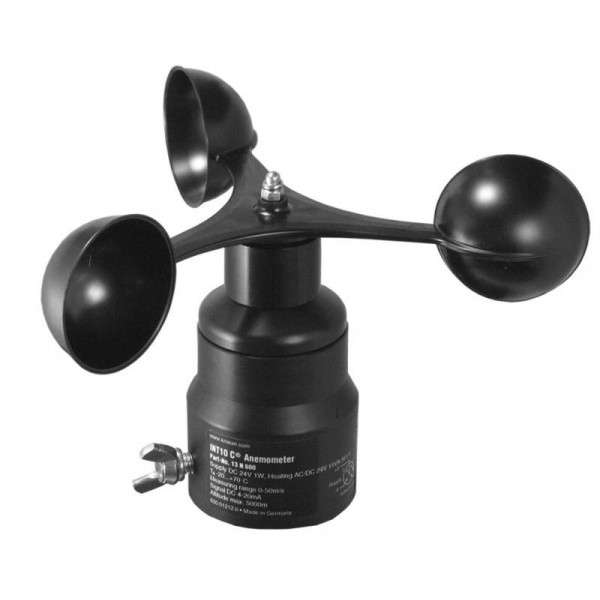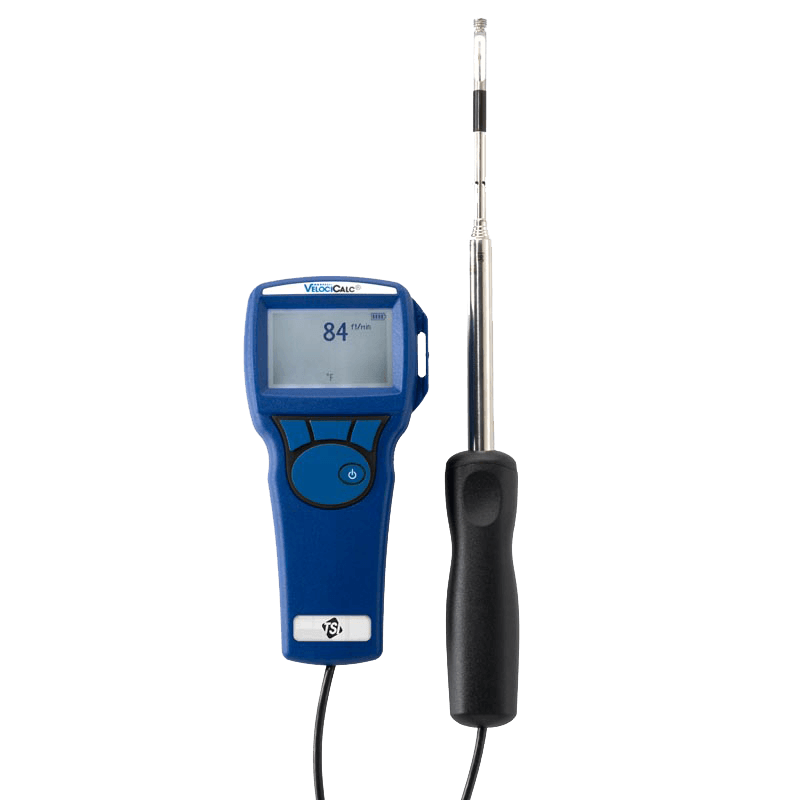Anemometers Introduced: Recognizing Their Value in Ecological Surveillance and Precaution
The duty of anemometers in ecological surveillance and safety and security procedures is commonly taken too lightly, yet their value is undeniable. These instruments have a lengthy background rooted in scientific inquiry and technological developments, evolving to become essential devices in different fields. From meteorology to aeronautics safety and security, anemometers play a vital function in offering accurate information that notifies decision-making processes and boosts general safety. Recognizing the details of anemometers reveals a world of essential understandings that are fundamental to our understanding of the setting and the procedures we take to make certain security.
History of Anemometers
The development of anemometers can be mapped back to the old worlds where fundamental wind gauging devices were very first used. One of the earliest well-known anemometers was the hemispherical mug anemometer invented by Leon Battista Alberti in the 15th century.
In the 18th century, the distinguished researcher John Thomas Romney Robinson presented the Robinson anemometer, which included four hemispherical cups mounted on horizontal arms that prolonged from a main axis. This style came to be a criterion in meteorological measurements due to its accuracy and dependability. Throughout the years, developments in innovation caused the growth of even more modern-day anemometers, consisting of ultrasonic anemometers and laser Doppler anemometers, supplying raised accuracy and performance in gauging wind rate and direction. The history of anemometers showcases a remarkable journey of innovation and progress in the area of weather forecasting.
Types of Anemometers
Throughout the field of weather forecasting, various kinds of anemometers have actually been established to precisely determine wind speed and direction. Sonic anemometers utilize ultrasonic signals to measure wind speed and instructions accurately. Hot-wire anemometers operate based on the concept that the cooling effect of wind on a heated cord is proportional to the wind speed.
Applications in Weather Forecasting
Having actually discussed the numerous kinds of anemometers made use of in meteorology for measuring wind speed and direction, it is necessary to discover their sensible applications in the area. Anemometers play an essential function in meteorology by supplying real-time and exact information on wind problems (anemometer). Meteorologists utilize anemometers to keep an eye on wind rate and instructions to forecast weather condition patterns, problem warnings for severe weather events like typhoons, tornadoes, and storms, and evaluate atmospheric problems for aeronautics security
In meteorology, anemometers help in understanding neighborhood and local wind patterns, which are essential for forecasting weather condition modifications and identifying climatic fads. These devices are additionally utilized click here now in research to research microclimates, metropolitan heat islands, and air contamination dispersion. Furthermore, anemometers are utilized in agriculture to maximize plant management practices, such as watering and pesticide application, based upon wind conditions.
Importance in Aeronautics Security
An essential facet of making sure aviation safety and security depends on the meticulous surveillance of wind conditions making use of anemometers. Anemometers play a vital role in aeronautics by offering real-time data on wind speed and instructions, aiding pilots in making educated decisions i loved this throughout landing, flight, and liftoff. Uncertain and strong winds can substantially impact aircraft procedures, making it essential for air travel authorities to count on accurate wind measurements to make sure the safety of travelers and team.

In the vibrant environment of air travel, where also minor adjustments in wind speed and direction can have extensive effects, anemometers stand as crucial tools for advertising secure and protected flight.
Duty in Environmental Research Study
Just how do anemometers add to developments in ecological study? Anemometers play an important duty in ecological research by supplying crucial data on wind rate and instructions. This details is important for comprehending numerous climatic processes, such as air pollution dispersion, weather condition patterns, and environment adjustment. By accurately measuring wind qualities, anemometers assist scientists assess the movement of pollutants in the air, evaluate the effect of industrial discharges, and anticipate the spread of impurities in the setting.


Final Thought
Finally, anemometers have actually played a crucial role in ecological surveillance and safety and security actions. With an abundant background and different types available, these devices have actually been my link extensively made use of in weather forecasting, air travel safety, and environmental study. Recognizing the relevance of anemometers is necessary for precisely measuring wind rate and direction, which is essential for forecasting weather condition patterns, making sure safe aeronautics procedures, and carrying out environmental researches - anemometer. Their contributions to these fields can not be taken too lightly.
One of the earliest well-known anemometers was the hemispherical cup anemometer designed by Leon Battista Alberti in the 15th century. Over the years, improvements in technology led to the advancement of even more modern anemometers, consisting of ultrasonic anemometers and laser Doppler anemometers, offering boosted accuracy and effectiveness in gauging wind speed and direction. Hot-wire anemometers operate based on the concept that the cooling effect of wind on a warmed cord is proportional to the wind rate. Meteorologists make use of anemometers to keep track of wind speed and instructions to anticipate weather patterns, issue warnings for severe weather condition occasions like typhoons, twisters, and tornados, and examine climatic problems for aviation safety.
Comprehending the relevance of anemometers is essential for accurately determining wind speed and instructions, which is crucial for forecasting weather patterns, guaranteeing risk-free air travel operations, and carrying out environmental research studies. (anemometer)